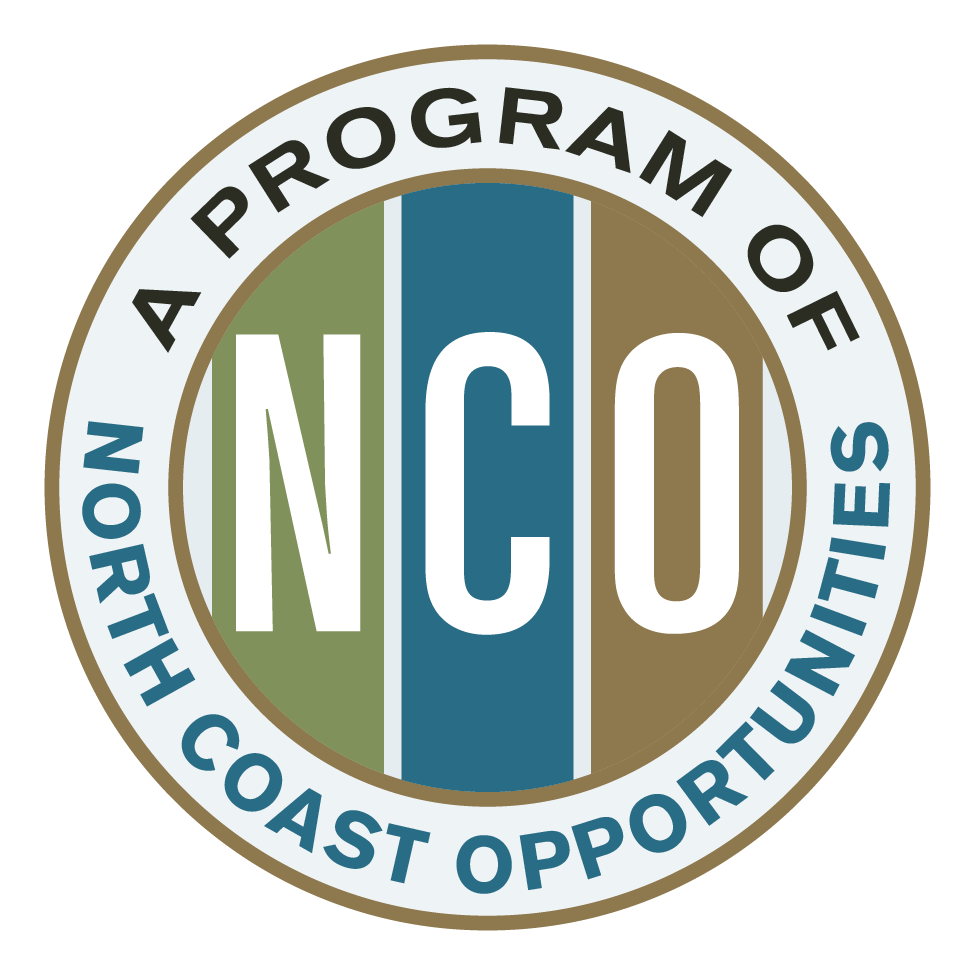Safe Routes to School (SRTS) is an approach that promotes walking and bicycling to school through infrastructure improvements, enforcement, tools, safety education, and incentives to encourage walking and bicycling to school.
Safe Routes to School aim to make it safer for students to walk and bike to school and encourage more walking and biking where safety is not a barrier. Transportation, public health and planning professionals, school communities, law enforcement officers, community groups and families all have roles to play using education, encouragement, engineering (changes to the physical environment) and enforcement to meet a local community’s needs.
Safe Routes to School is an international movement that has taken hold in communities throughout the United States. The concept is to increase the number of children who walk or bicycle to school by funding projects that remove the barriers that currently prevent them from doing so. Those barriers include lack of infrastructure, unsafe infrastructure, lack of programs that promote walking and bicycling through education/encouragement programs aimed at children, parents, and the community.
Links:
Thirty years ago, 60% of children living within a 2-mile radius of a school walked or bicycled to school. Today, that number has dropped to less than 15%. Roughly 25% commute by school bus, and well over half are driven to or from school in vehicles. And back then, 5% of children between the ages of 6 and 11 were considered to be overweight or obese. Today, that number has climbed to 20%. These statistics point to a rise in preventable childhood diseases, worsening air quality and congestion around schools, and missed opportunities for children to grow into self-reliant, independent adults.
Safe Routes to School Programs are intended to reverse these trends by funding projects that improve safety and efforts that promote walking and bicycling within a collaborative community framework. It is through local champions working with a coalition of parents, schools, professionals in transportation, engineering, health, and law enforcement, that the most sustainable projects are expected to emerge.
Links:
If you think your school can’t possibly host a Walk/Bike to School Day activity, think again! Walk & Bike Activities create healthy, happy, and vibrant communities and are great fun for children and adults. These activities have also helped bring communities together to support walking and bicycling. Make the event something that will resonate with what families, the school and broader community care about, whether it’s encouraging physical activity, building a sense of community, highlighting the need for sidewalks or another cause. Browse these ideas/links bellow to help you plan your activity/event.
Links:

Learn more about walking or biking to school:
A walking school bus is a group of children walking to school with one or more adults. If that sounds simple, it is, and that’s part of the beauty of the walking school bus. It can be as informal as two families taking turns walking their children to school to as structured as a route with meeting points, a timetable and a regularly rotated schedule of trained volunteers.
A variation on the walking school bus is the bicycle train, in which adults supervise children riding their bikes to school. The flexibility of the walking school bus makes it appealing to communities of all sizes with varying needs.
Parents often cite safety issues as one of the primary reasons they are reluctant to allow their children to walk to school. Providing adult supervision may help reduce those worries for families who live within walking or bicycling distance to school.
Starting simple
When beginning a walking school bus, remember that the program can always grow. It often makes sense to start with a small bus and see how it works. Pick a single neighborhood that has a group of parents and children who are interested. It’s like a carpool—without the car—with the added benefits of exercise and visits with friends and neighbors. For an informal bus:
- Invite families who live nearby to walk.
- Pick a route and take a test walk.
- Decide how often the group will walk together.
- Have fun!
When picking a route, answer these four questions:
- Do you have room to walk?
Are there sidewalks and paths?
Is there too much traffic? - Is it easy to cross the street?
- Do drivers behave well?
Do they yield to walkers?
Do they speed? - Does the environment feel safe?
Are there loose dogs?
Is there criminal activity?
For more help identifying walkable routes, use the Walkability Checklist.
Finally, kick-off the program.
A good time to begin is on International Walk to School Day. Walk and look for ways to encourage more children and families to be involved. Have fun!
The information on this page is provided thanks to the National Center for Safe Routes to School of the University of North Carolina Highway Safety Research Center. Funding provided by the U.S. Department of Transportation.
Watch the video below to see a walking school bus in action!
Next: Current Events »
« Previous: About
